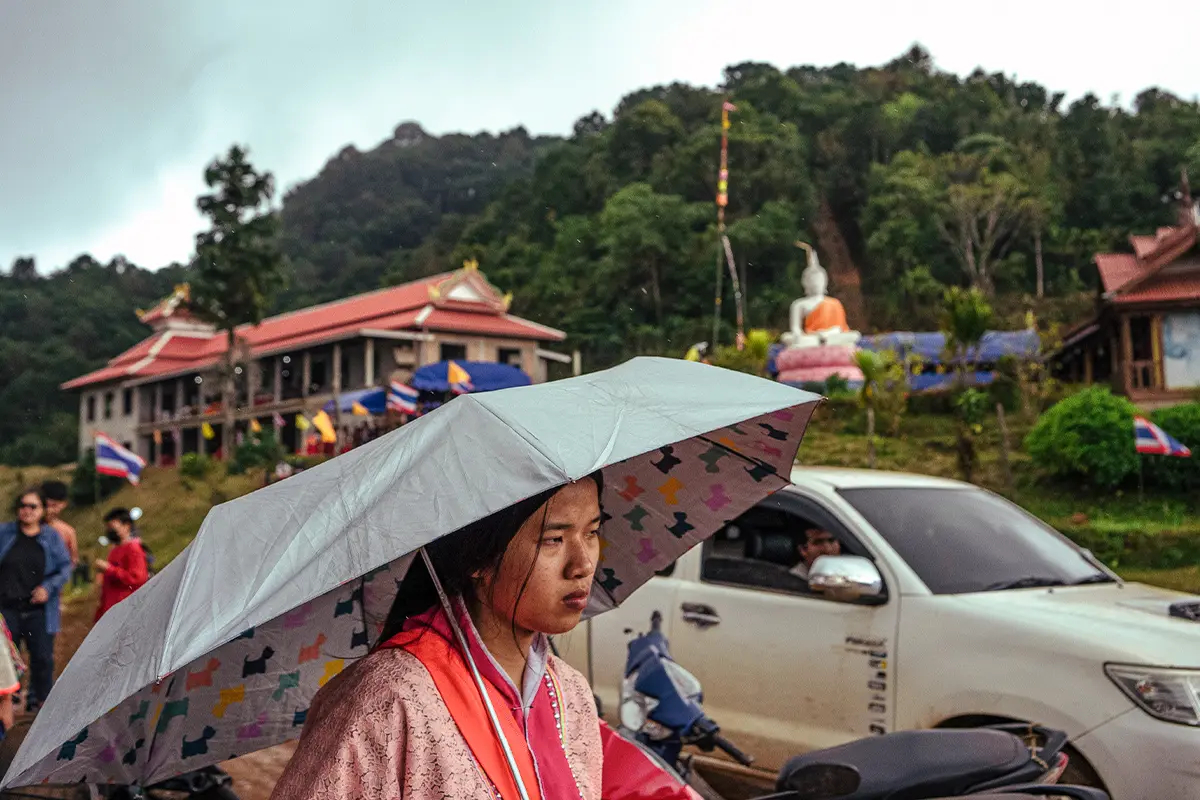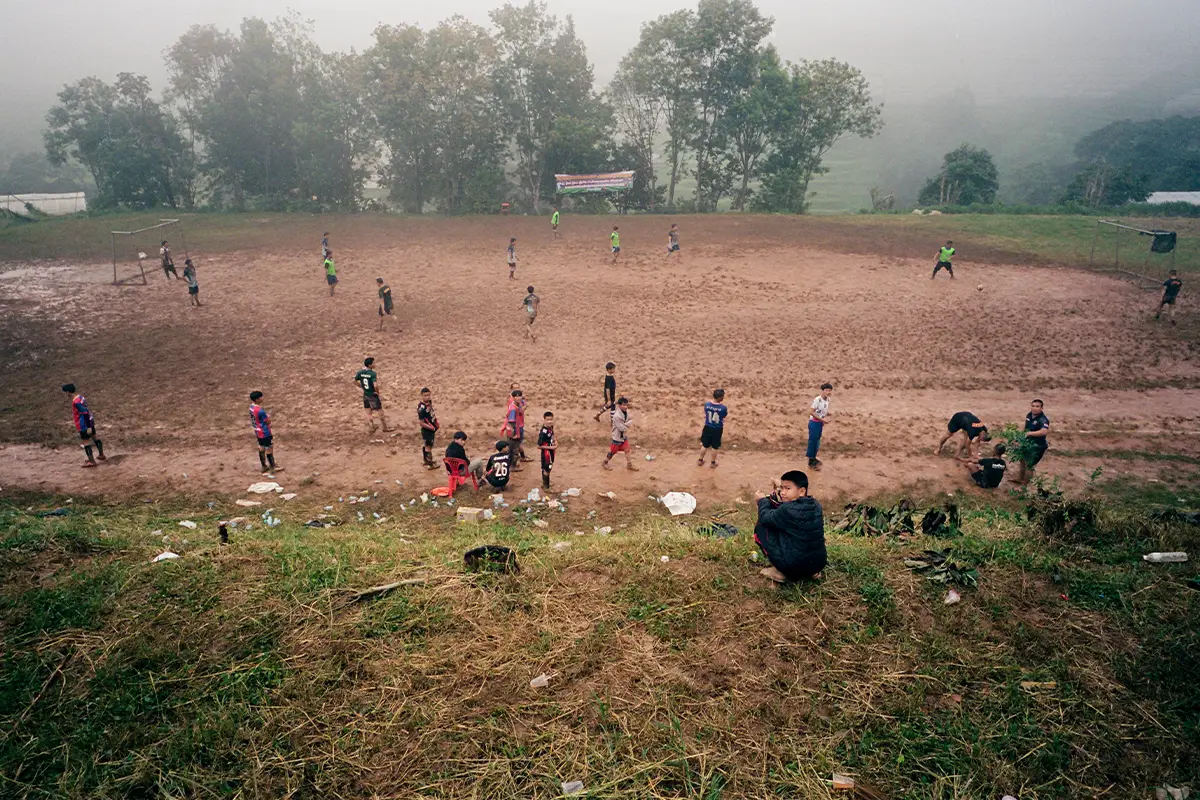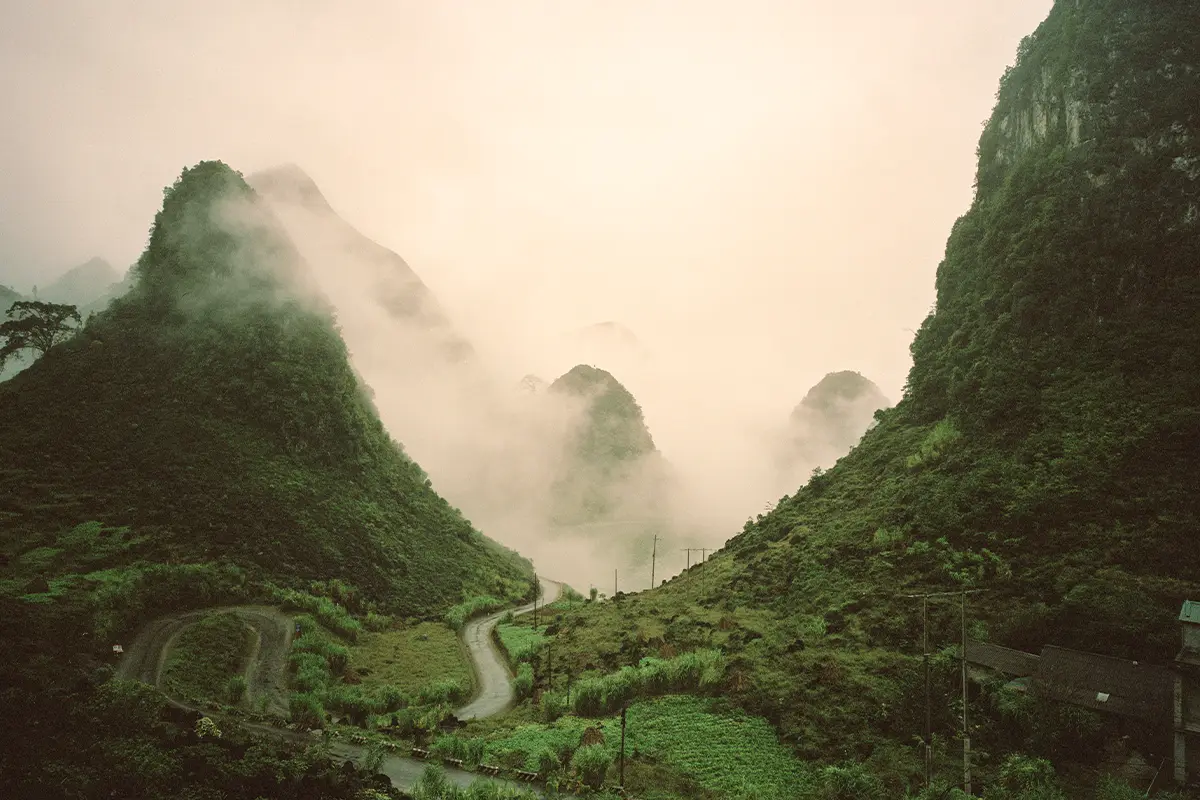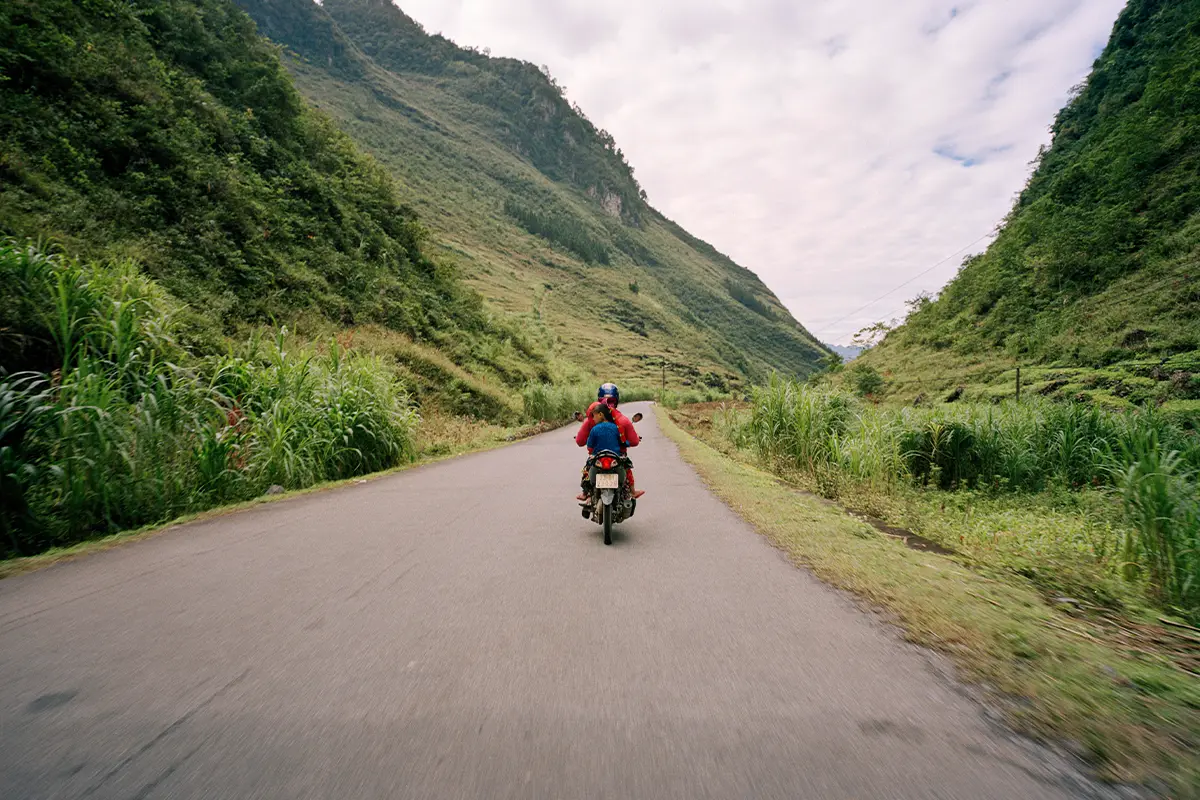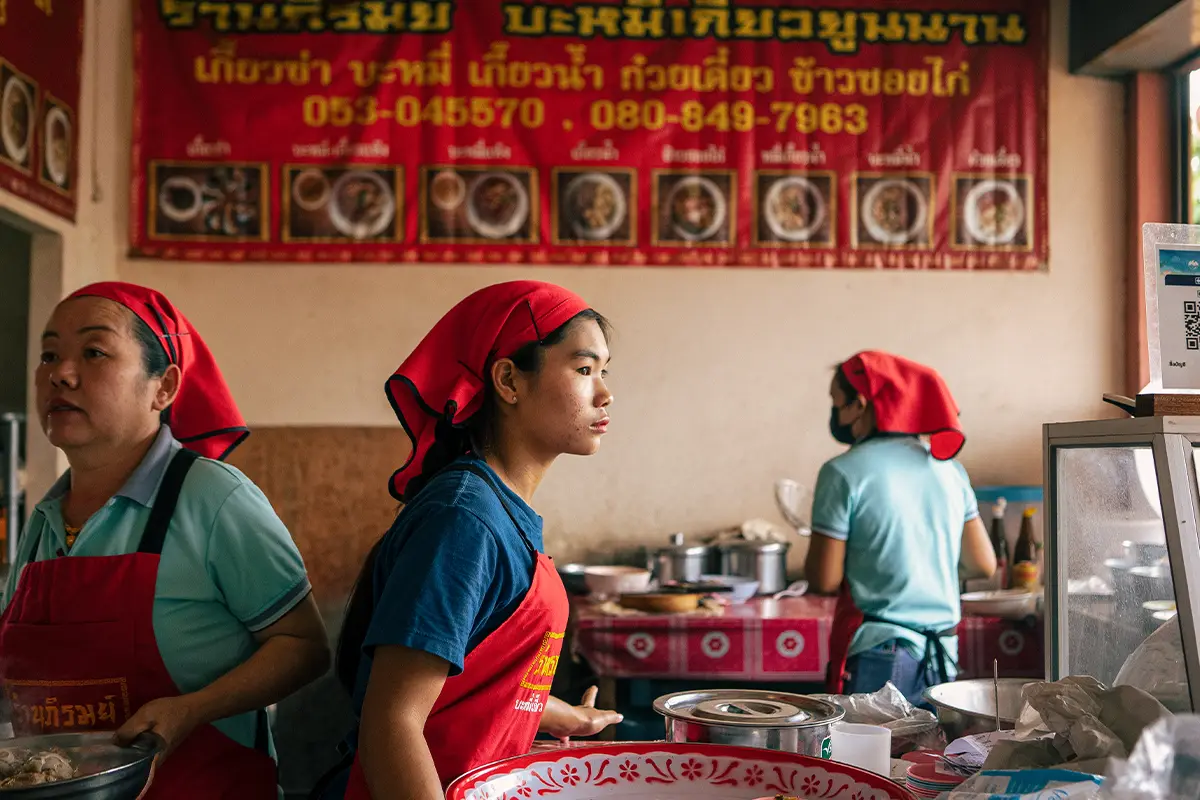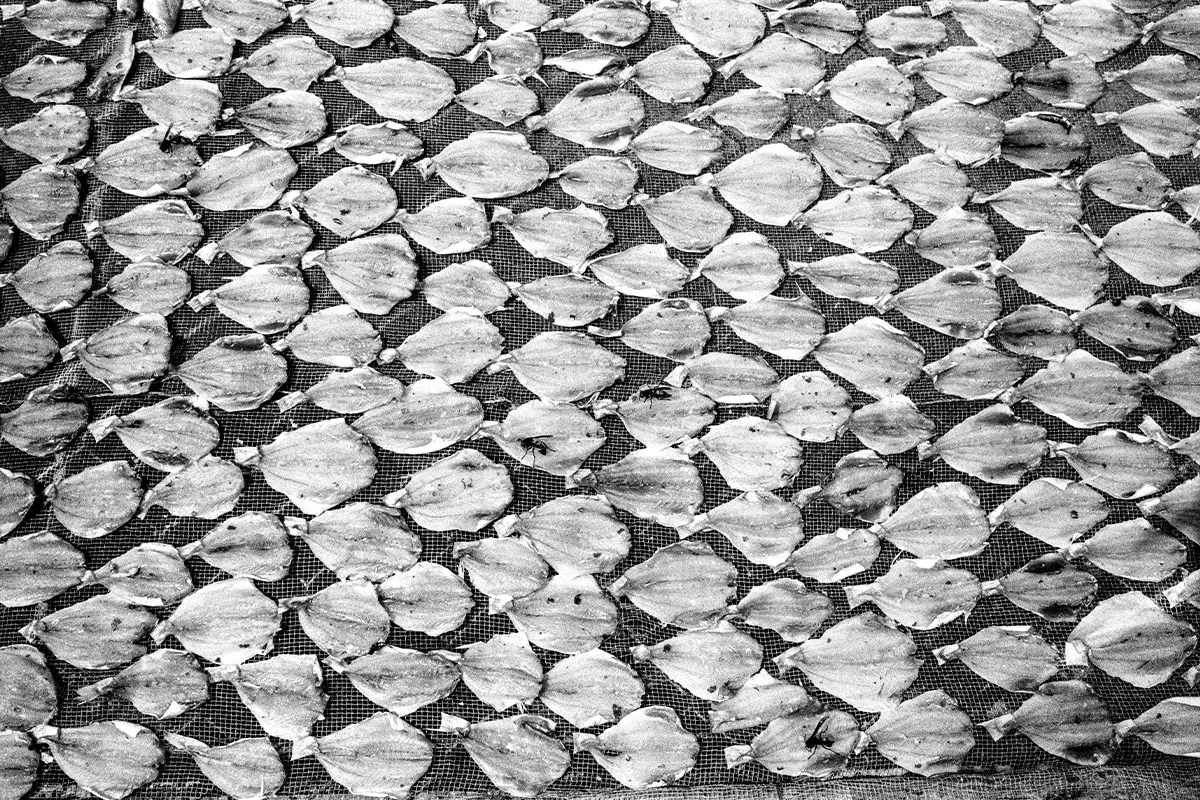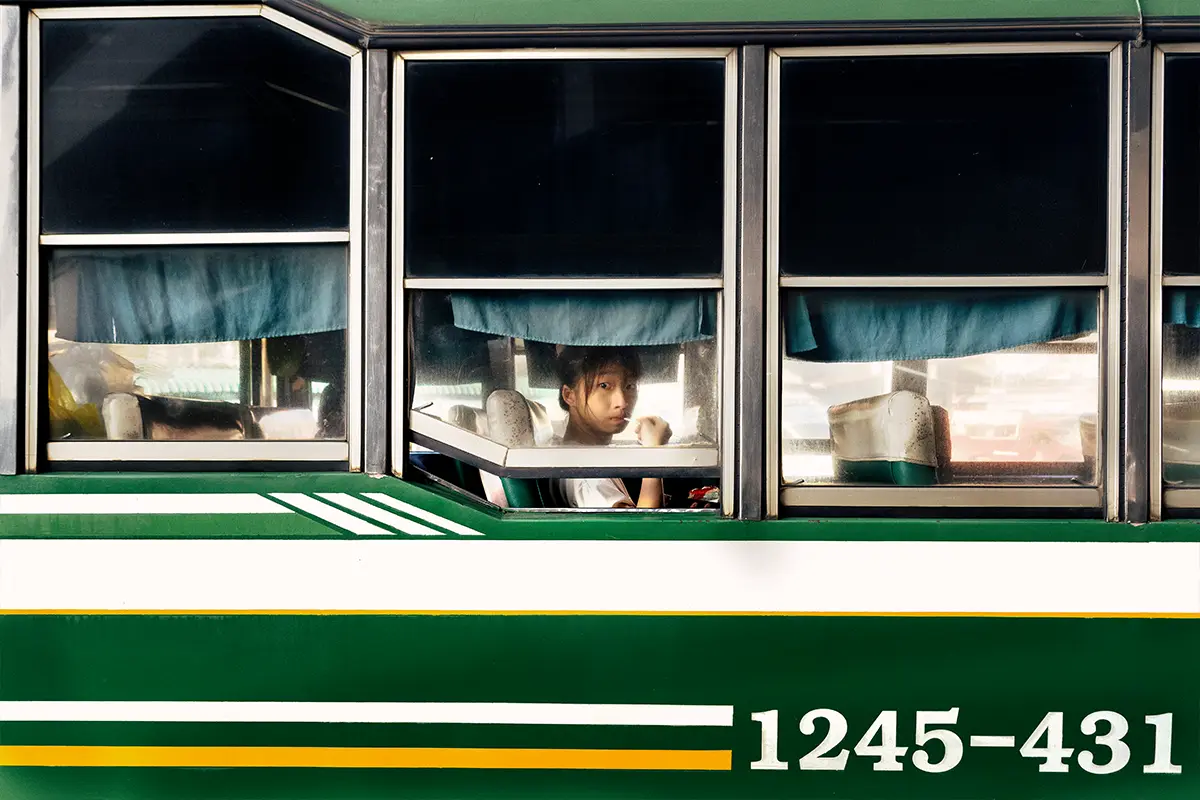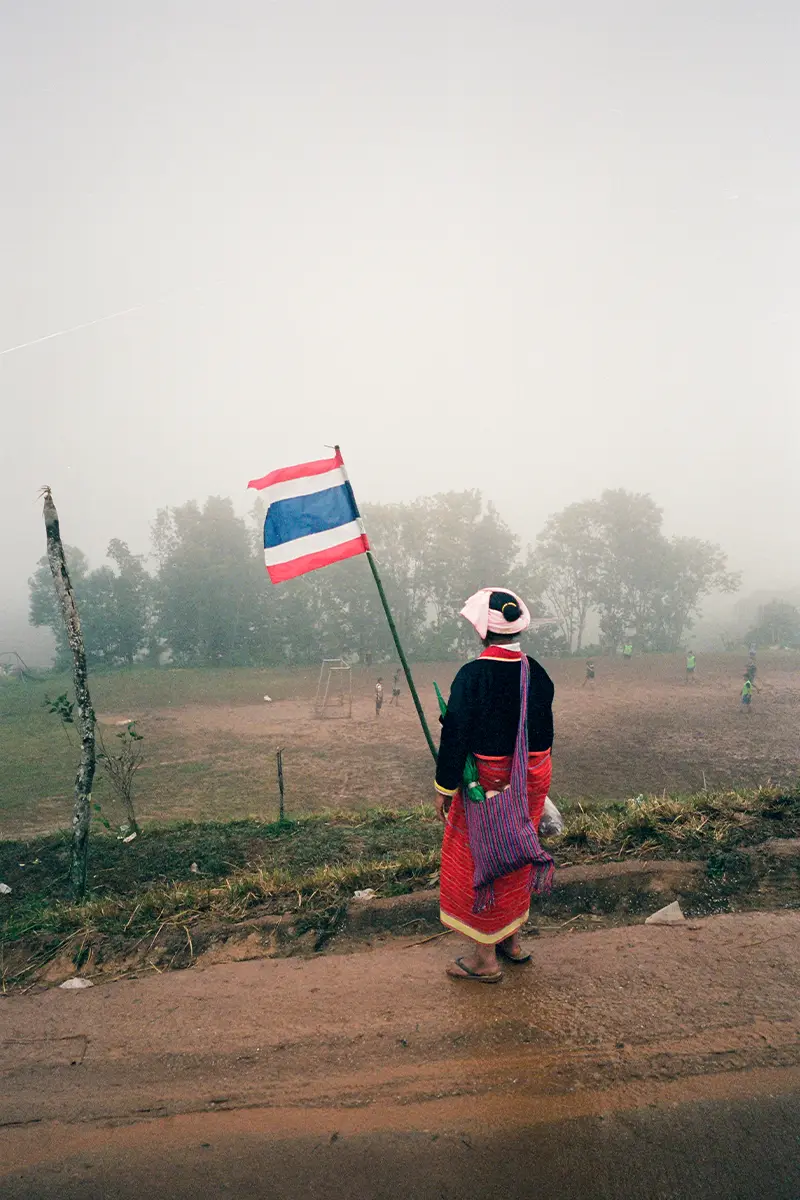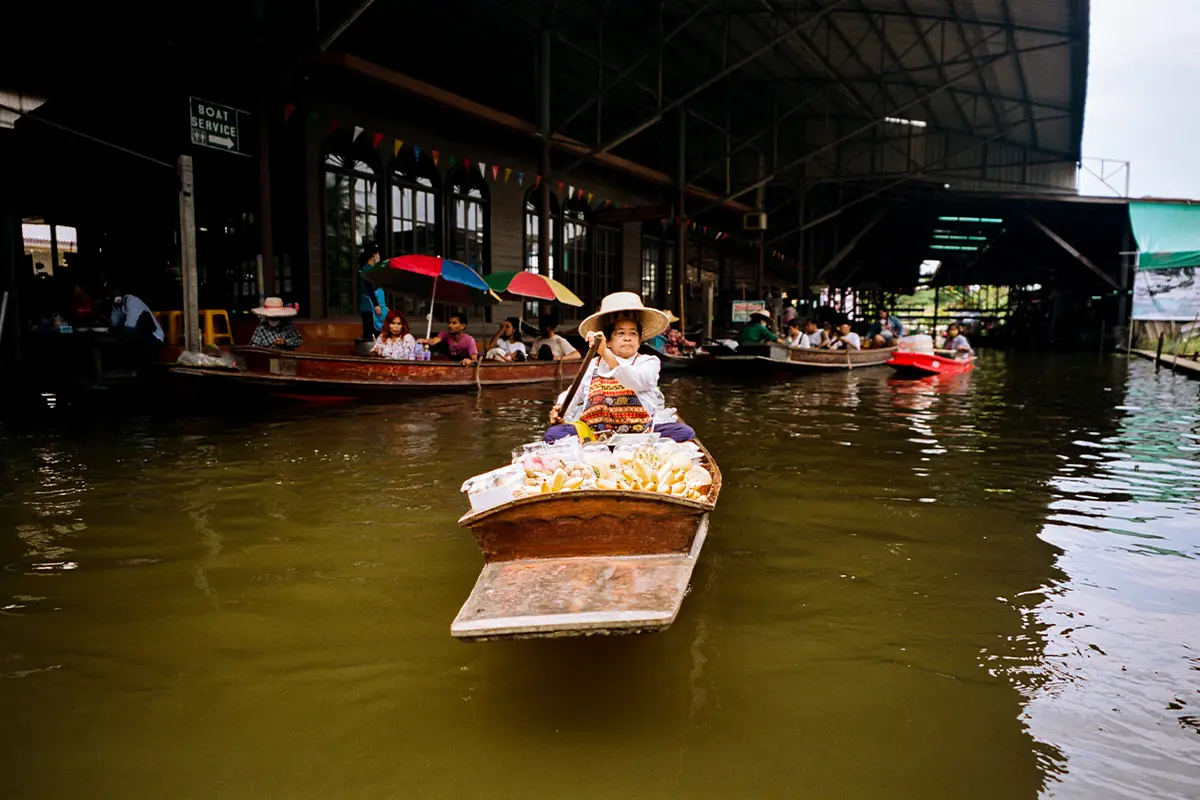From the Lahu tribe in Thailand to the happy water offered in Buddhist temples. Giacomo Riccardi report to Lampoon digital the culture and habits of Indigenous communities in the Far East
Giacomo Riccardi’s reportage: the indigenous communities of Burma and China
During my stay in the rural part of Thailand, I had the pleasure of observing the customs of farmers who do painstaking work from early in the morning. I visited rice plantations that throughout the year are home to farmers who live on small stilts scattered among the mountains. At the Burmese border, the situation is surreal.
For a long time during the tenure of the last king the indigenous communities of Burma and China had free access and political protection in Thailand, which has always been a peaceful state. In the last period unfortunately, the situation has changed mainly because of the civil wars in Burma and many tribes that lived only a few kilometers away have found themselves divided for political reasons. Only during religious celebrations is it possible to reconcile and cross borders and then return at the end of the day.
The indigenous communities – no spicy no sexy: Lahu and Karen tribe
Among the indigenous communities, the Lahu tribe lives on small stilts under which mainly pigs are raised. The families live directly above the farms, have no running water or electricity, and always have an active fire where feed for the pigs is often cooked.
I slept two nights in the Karen tribe. They eat mostly rice, which they accompany with vegetables, and meat, all of course spicy. Their motto is funny: no spicy no sexy. The woman who hosted me takes care of the house – strictly made of wood and bamboo –, and the production of clothes by hand framing.
The religious issue and the monks in Thailand
The religious issue affects the quality and style of Thai life. People are extraordinary, hospitable and smiling. They have no problem welcoming foreigners and often offer to host you for a small fee. Religious celebrations are always followed by the use of alcohol extracted from rice, and Buddhists are wont to bring happy water as an offering to Buddha, inside temples.
Many take a path to become Monks from a young age, it is strange to see fifteen/sixteen year old boys already wearing Kesa – a typical orange dress –, of course there is. Being a modernization of the monastic path that does not see the rigidity of isolation. You often see young monks with latest generation cell phones walking around the city streets.
Recently there has been a debate concerning new monks who do it almost for fashion rather than for an actual belief. And a scandal has seen the arrest of dozens of monks who were using hard drugs.
Thai people and the indigenous communities
The Thai people are a strong people with a history of thousands of years, and the people have that typical way of doing things who just want to get through the day and don’t think too much about tomorrow, this is especially true in the northern area, already going toward Bangkok and the southern part, the situation changes and the cities become metropolises.
Vietnam nowadays and the westernization of the country
In Vietnam the situation is similar. Buddhism has not affected me in the same way, I have not found the same hospitality everywhere. Often Caucasians – or people with European features – are ignored. Especially in the northern part of Vietnam. After the Vietnam War which is quite recent anyway, a part of the population sees us as an unwelcome guest.
There is often difficulty in ordering food or finding accommodation where we can sleep. The Vietnamese population is very divided, in the central and southern part the Americans and Europeans are well liked as many wanted a westernization and thus would not have wanted to win the war.
It was strange for once to be on the other side, to be in a sense discriminated against for no good reason but simply because of the color of one’s skin. In Vietnam I have also been to kat ba, an island where people live mainly on tourism.
Here, in a long bay, populations living on the water are settled. Here given the vastness of the bay and the presence of these mountains outcropping from the water, storm surges are impossible. The populations live above water on movable stilts, living mainly on aquaculture and fishing.
Giacomo Riccardi for Lampoon online– indigenous communities and spirituality in the far East
Giacomo Riccardi was born and lives in Rome. He has not studied photography and claims to have never studied in general. In reporting for Lampoon online, Giacomo Riccardi investigated the topic of spirituality and indigenous communities in the far East.


